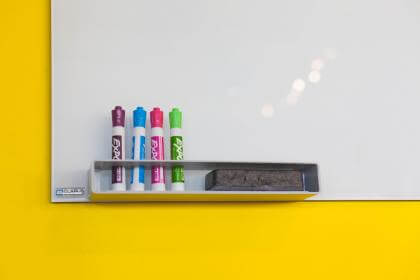We are sad and a bit angry – maybe even confused.
Due to significant falling enrollments it was decided by departmental and college administrators that we will admit the last class of PETE students in the fall of 2014, and class-by-class the program will disappear in four years. While the legacy of the program will carry on through those who have graduated over the years, our students will no longer walk the halls of our building or reside in our classrooms, gymnasium, swimming pool, or local schools. Our faculty will no longer engage in teaching PETE students or supervising field experiences. Those who retain their positions will contribute to the movement and sport science curriculum, if they are lucky. Some may decide to pursue positions elsewhere. Some may be dismissed.
Purdue is not the first large research-intensive university to announce the discontinuation of its PETE program of late. The University of Michigan (the first author’s alma mater) has also decided to close its PETE program doors. This troubling trend led a colleague from another institution to point out that “this appears to be another sign of the end of the golden era in PETE.” Yes, this is true for Purdue’s contribution to the State of Indiana in preparing future physical education professionals. The other twenty-one institutions in the state that prepare physical educators will carry on – at least for the time being.
You may be asking yourself “why did this happen and did we see it coming?” And you may be wondering if we tried to prevent the closing of the program, or if there is anything you can do to safeguard your program. The remainder of this essay will address these questions and related issues.




